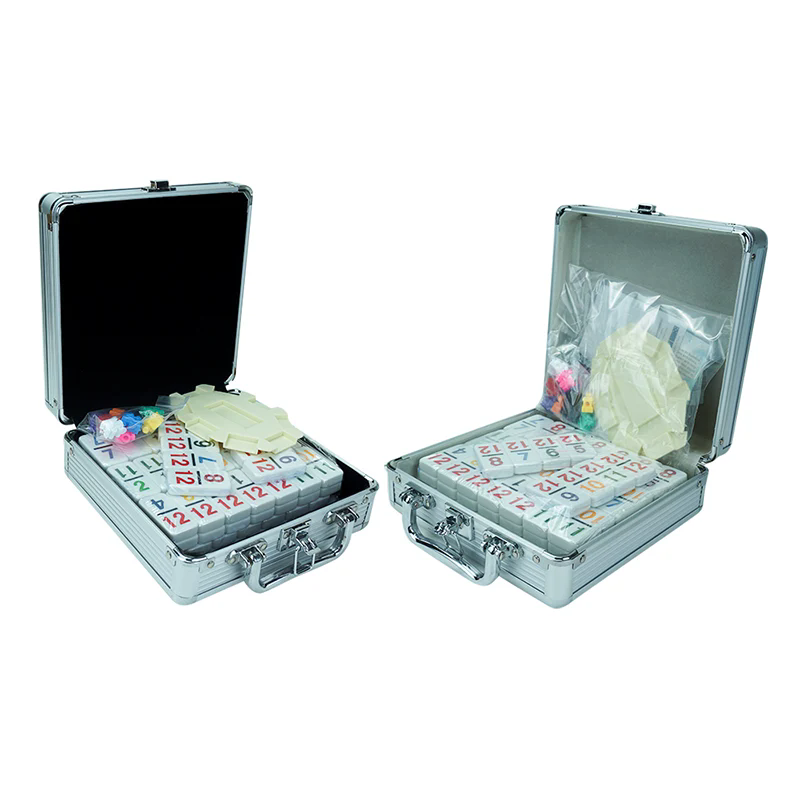The Classic Board Game Domino
2024-06-06
Dominoes is a classic tabletop game that has been enjoyed for centuries by people around the world. It's typically played with rectangular tiles, often made of wood or plastic, each divided into two square sections. Here's an overview of the game:
Equipment
1. Domino Tiles: A standard set of dominoes contains 28 tiles, each featuring a unique combination of two numbers (or pips) ranging from 0 to 6. The tiles are usually referred to by the number of pips on each half, such as "double-six" for a tile with six pips on both halves.
Setup
1. Shuffling: Shuffle the domino tiles facedown on the playing surface.
2. Drawing: Each player draws a certain number of tiles from the shuffled pile, usually 7 tiles in a game with two players, fewer in games with more players.
Gameplay
1. Starting Player: The player with the highest double (e.g., double-six) tile starts the game by placing it in the center of the playing area.
2. Building the Layout: Players take turns adding tiles to the layout, matching the numbers on the ends of the tiles. For example, a tile with a 3 on one end can be placed next to a tile with a 3 on either end. If a player cannot make a move, they must draw from the boneyard (the leftover tiles).
3. Scoring: The game may be played to a certain point total, where players earn points for each pip left in their hand when one player goes out (plays all their tiles) or for the winner's total number of pips.
Variations
1. Blocking Game: Players aim to block their opponents from making moves by strategically placing tiles with numbers that are harder to match.
2. Draw Game: Players can draw from the boneyard if they cannot make a move, continuing until someone can make a move.
3. All Fives: Players score points based on the total number of pips on the ends of the layout that are divisible by five (e.g., 5, 10, 15).
4. Mexican Train: A variation played with a special set of rules, often involving a "train" of tiles that multiple players contribute to.
Strategy
1. Counting Tiles: Keep track of which tiles have been played and which are still in the boneyard to anticipate your opponents' moves.
2. Blocking: Try to strategically block your opponents from making moves by placing tiles strategically.
3. Drawing Wisely: Know when to draw from the boneyard and when to play a tile from your hand, balancing your chances of making a good move with the risk of drawing more tiles.
Conclusion
Dominoes is a timeless game of strategy, skill, and sometimes luck, enjoyed by players of all ages. Whether played casually with friends and family or competitively in tournaments, dominoes offers endless opportunities for entertainment and friendly competition. With its simple rules and countless variations, it's no wonder that dominoes remains a beloved pastime around the world.



